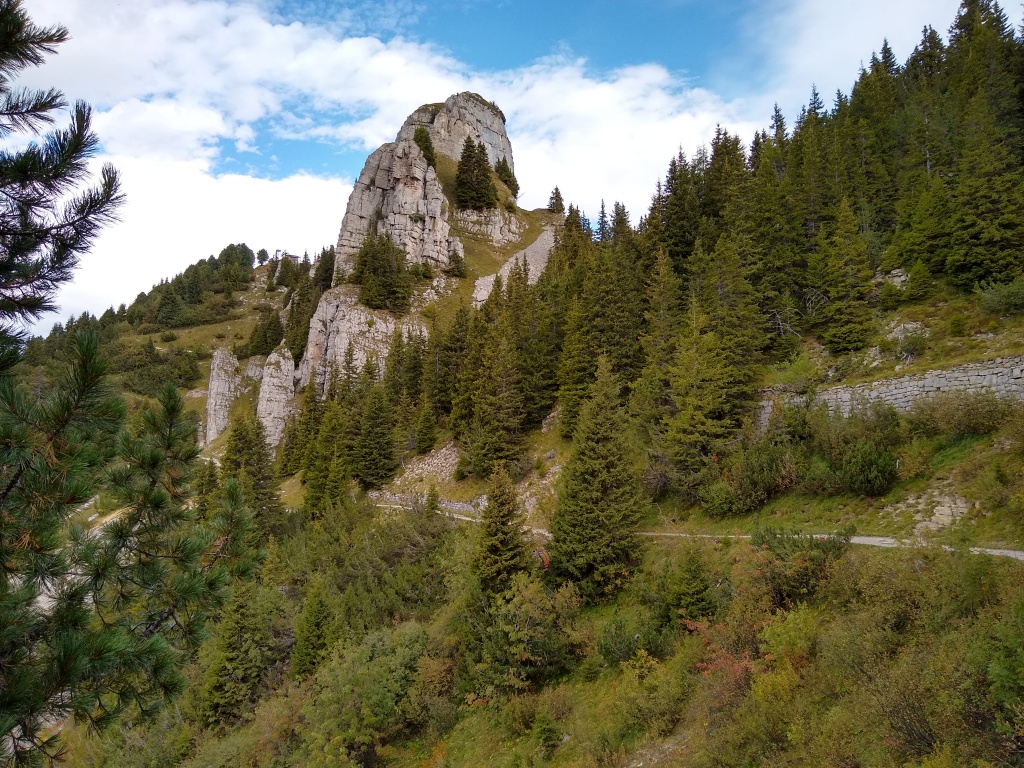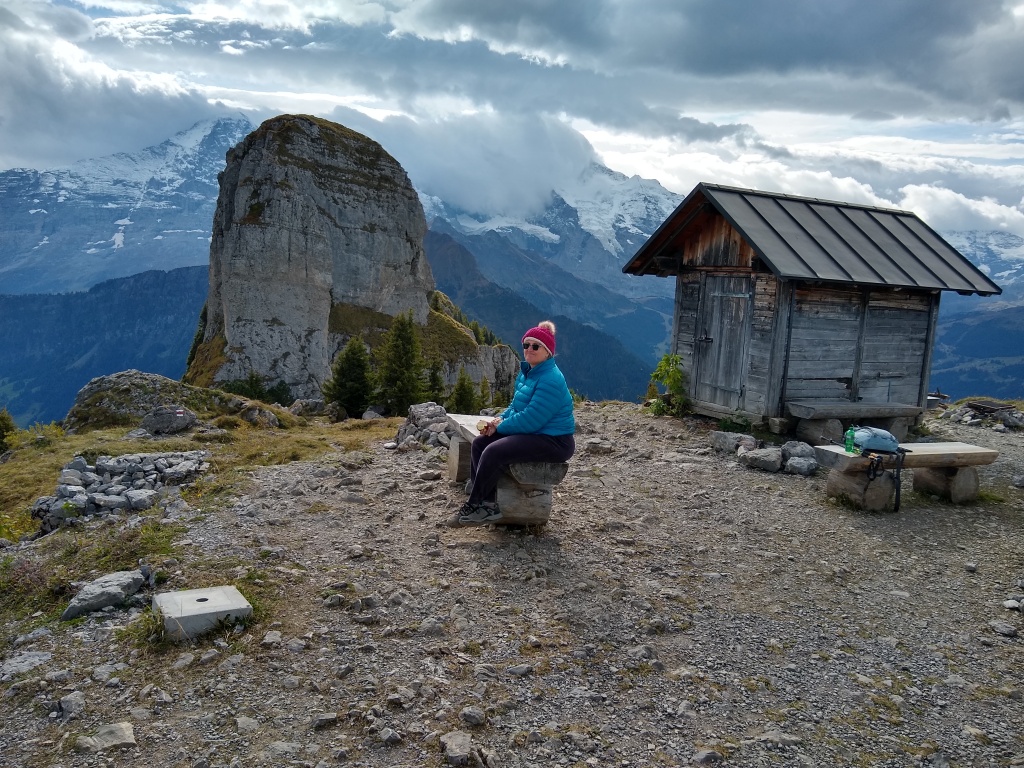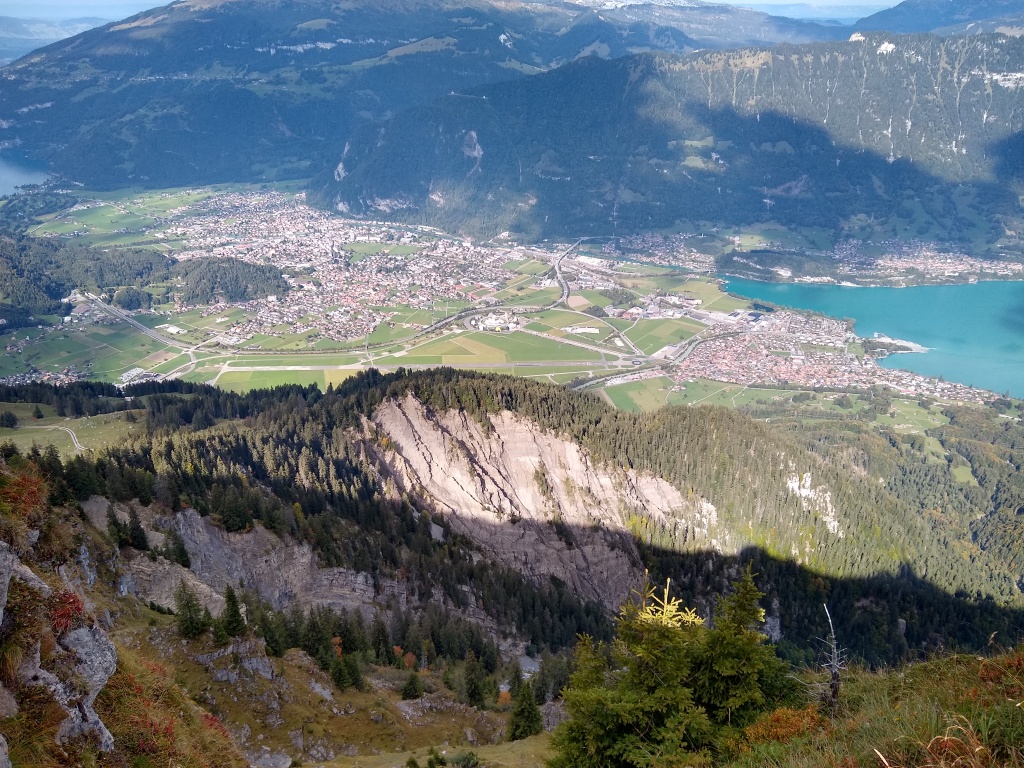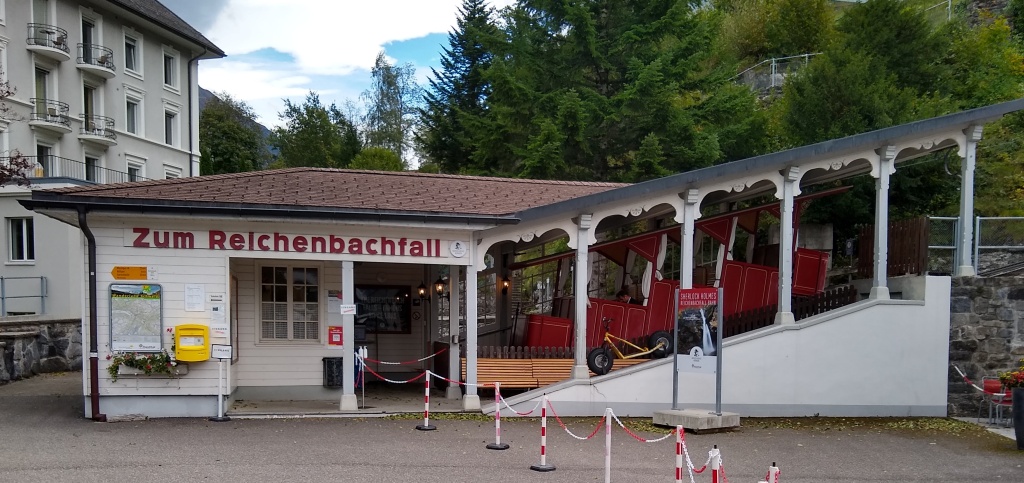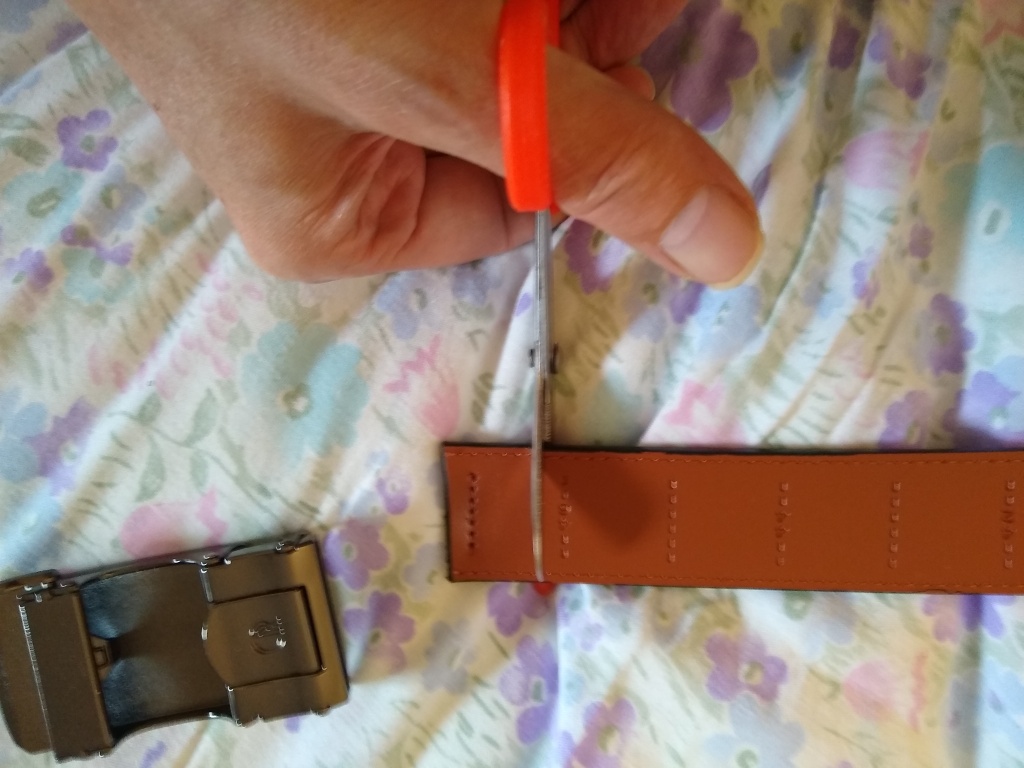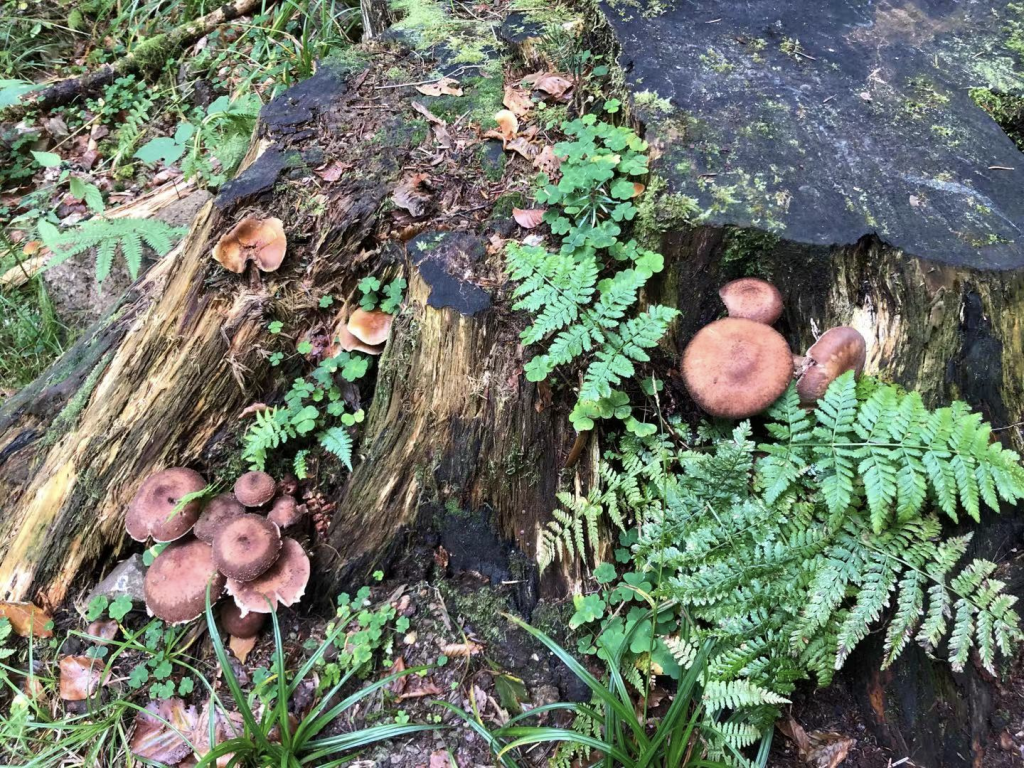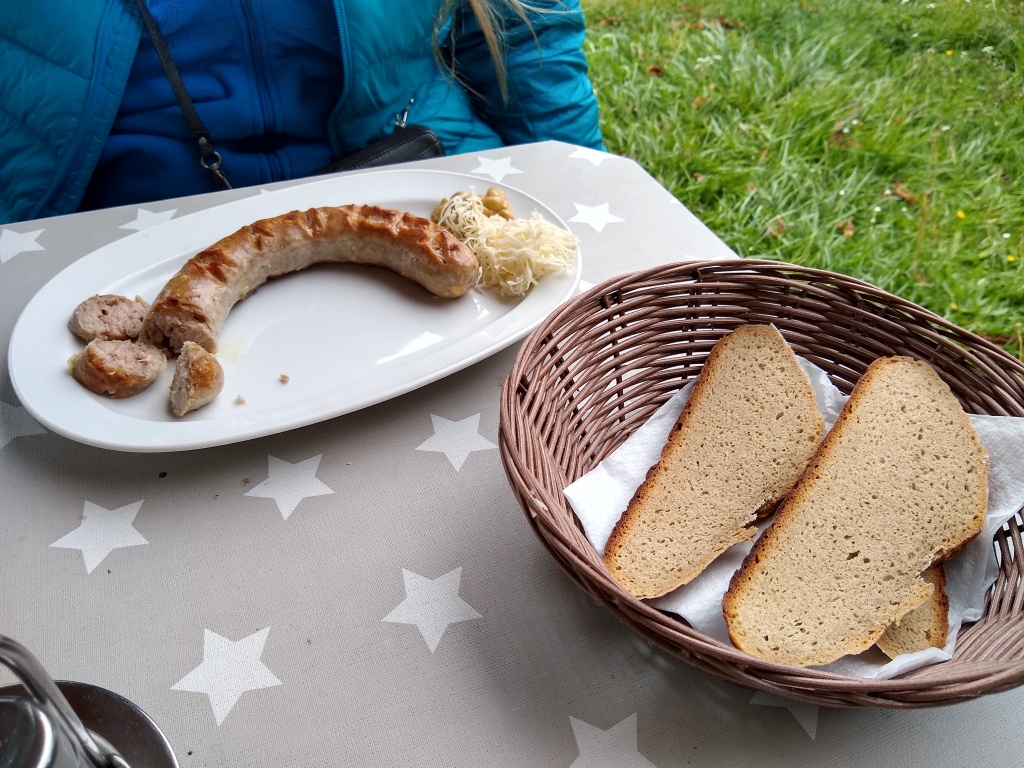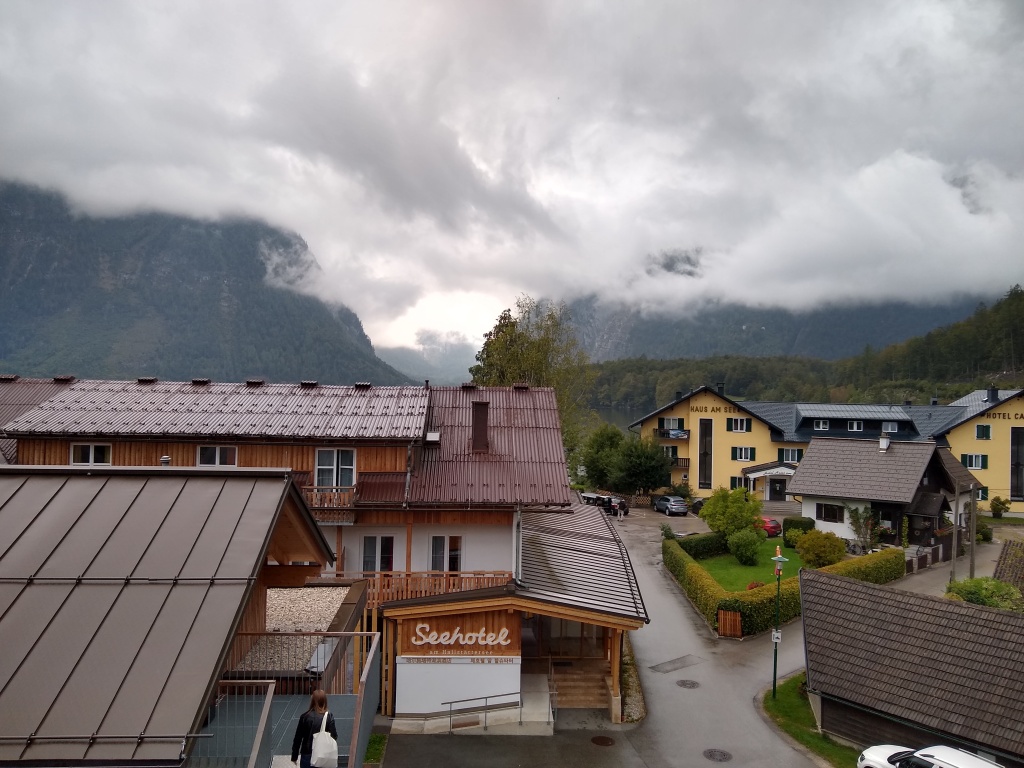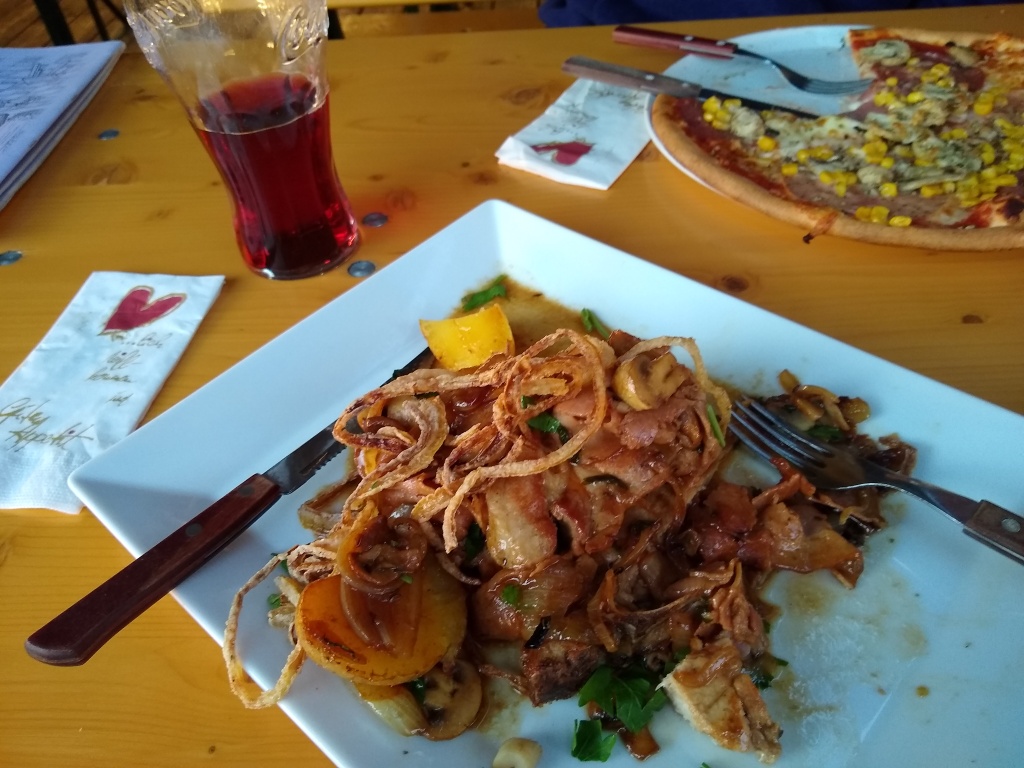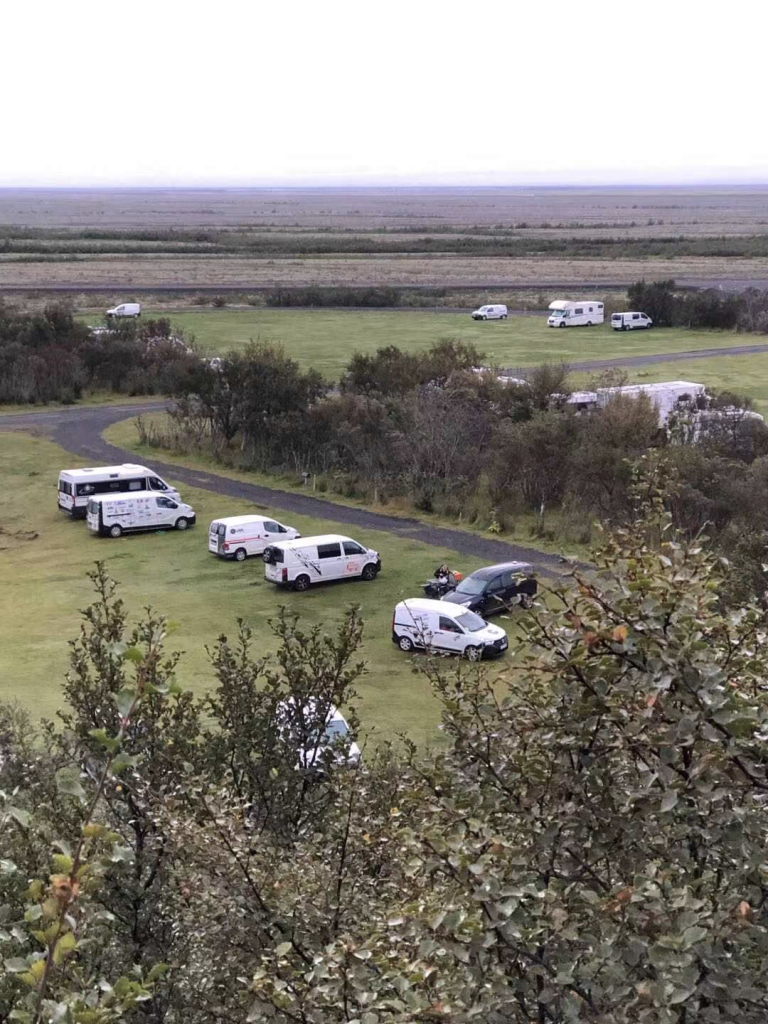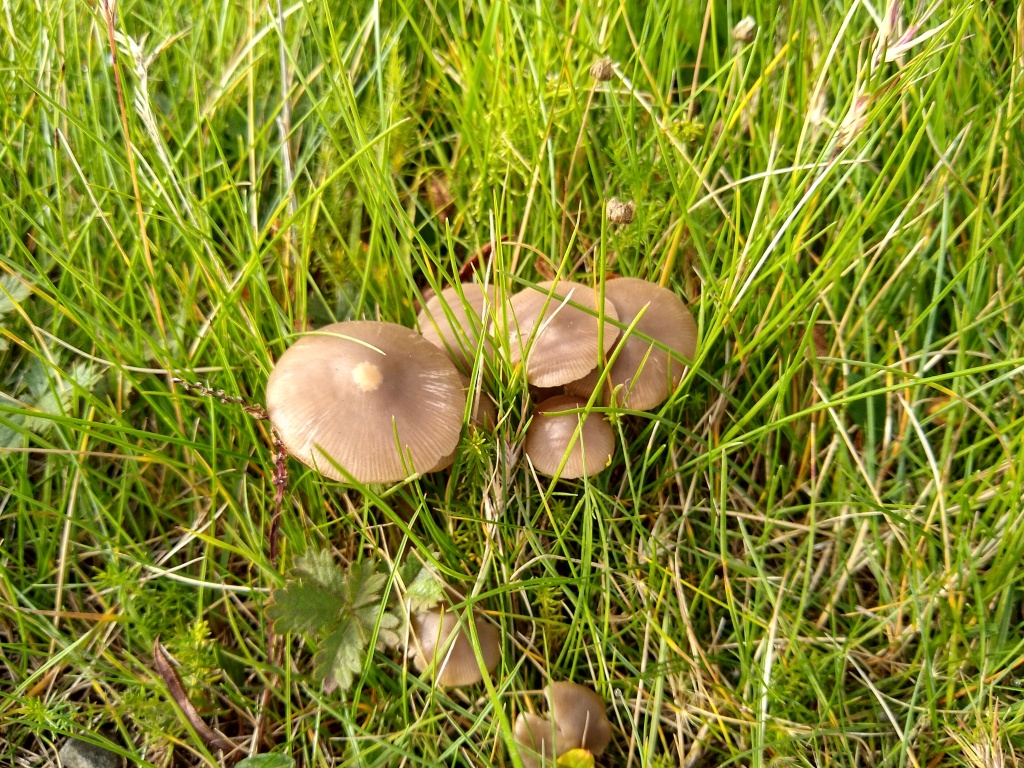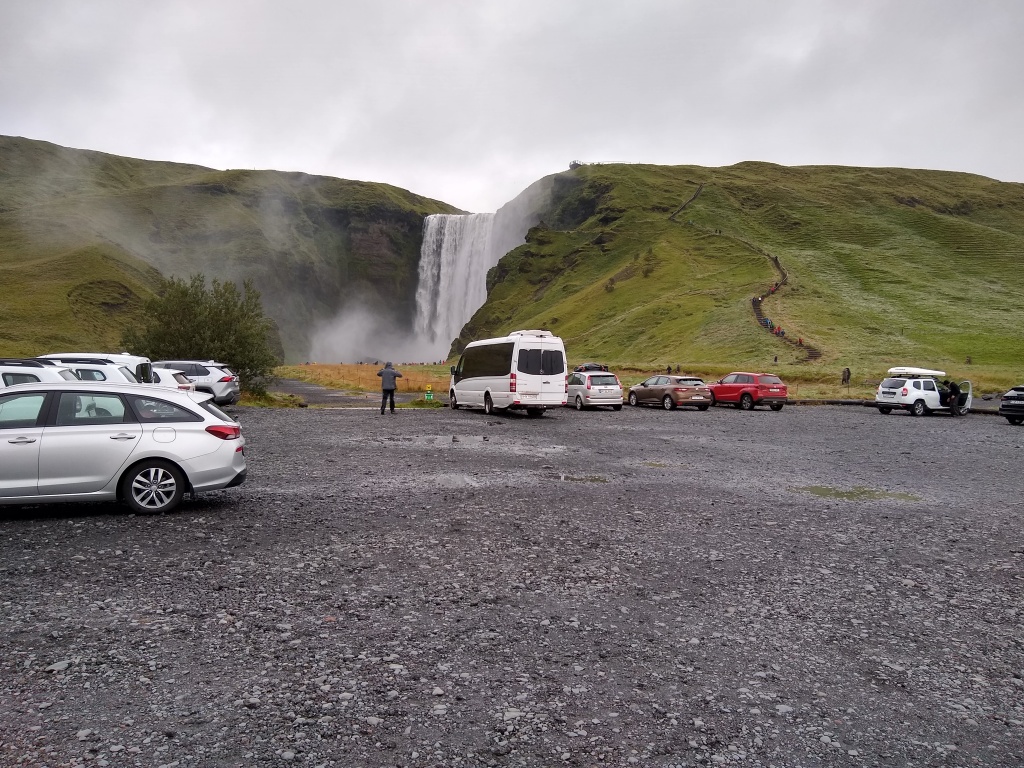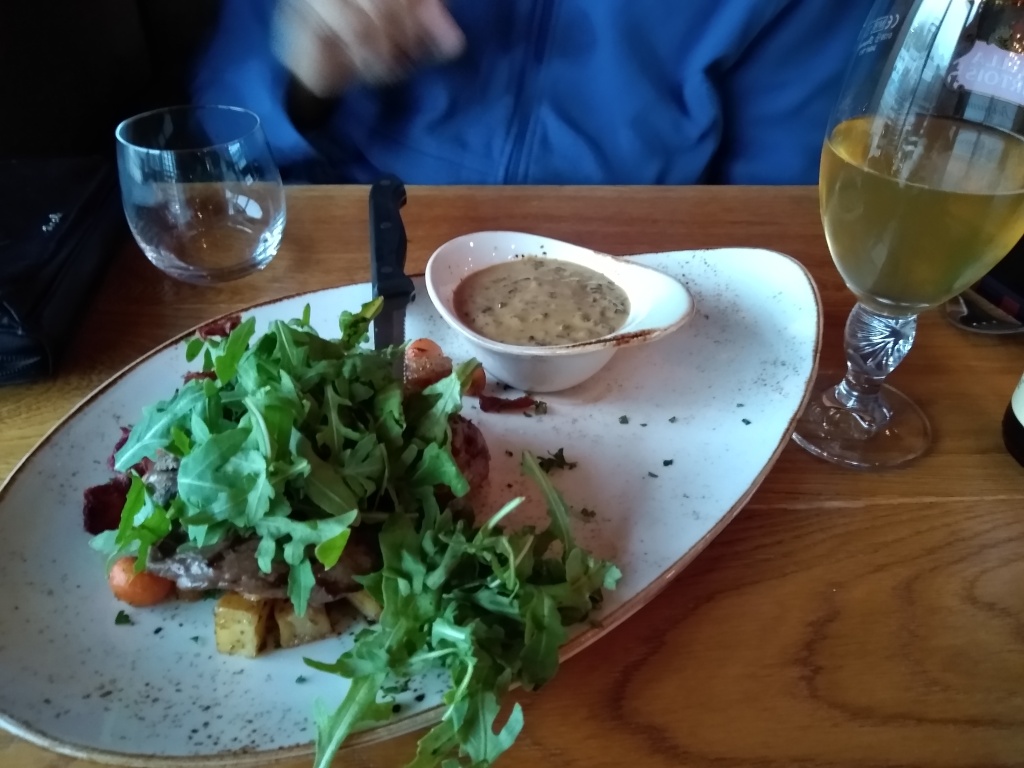Garlic is as good as ten mothers.
Italian proverb, and title of Les Blank’s 1980 documentary
When someone in my household gets sick, the Jewish traditional thing to do would be to make them chicken soup. But in other cultures, mothers would use various herbs and spices for their purported medicinal qualities. So which mother should we follow? How about all of them?
This recipe attempts to combine ingredients from multiple nations to make the ultimate get-you-back-on-your-feet chicken soup. It’s fast, flexible, and easy.
Ingredients:
- 1 (10.75 ounce = 305 g) can Campbell’s condensed Chicken Noodle Soup + 1 can water
- 1/4 tsp turmeric powder
- 1/4 tsp mustard powder or 1/2 tsp prepared mustard
- 1 small carrot, coarsely grated
- 1 shallot or green onion, thinly sliced. Can substitute an equal amount of regular onion if necessary.
- 2 tbsp minced or thinly sliced garlic
- 1 tsp dried wakame seaweed
- 1 tsp dried or 1 tbsp fresh chopped basil
- 1 shiitake mushroom (fresh or soaked dried), sliced into thin strips.
- 1/8 tsp smoked mild paprika
- 1 tsp prepared horseradish (or a smaller amount of wasabi)
- 1 tbsp white miso
- 1 egg, beaten with a dash of soy sauce
- a heaping tablespoon of kasuri methi (dried fenugreek leaves)
- a pinch of file gumbo
- 1 tsp lemon or lime juice
- a few bean sprouts
- chopped fresh cilantro or parsley
You don’t need ALL of the above ingredients, but try to get most. If you get to an instruction for an ingredient you don’t have, just skip it. Stir frequently. Note that the dried vs fresh versions of some ingredients get added at different times. For a bigger batch, use a larger can of soup (or 2 regular cans) and scale everything else proportionately.
Recipe:
Put a few drops of oil in the pot. Turn the heat to medium-low. Add the turmeric and mustard powder and fry briefly. Add the grated carrot and garlic and shallot and continue to fry until they start to soften, stirring so that the spices coat them.
Add the can of soup and 1 can of water, then the wakame, the dried basil, the mushroom, the paprika, and the prepared mustard and horseradish.
Put the miso in a small bowl, add a little of the soup broth, and blend until smooth. Add that to the soup and stir it in.
In the same small bowl, beat 1 egg and a dash of soy sauce. While stirring the soup in a big slow circle, slowly pour the egg into it. Stop stirring and wait a moment for the egg to cook, then turn off the heat.
Put the methi in the palm of one hand. Holding it over the pot, rub it between your hands, back and forth and in circles, until it is powdered. Drop it into the pot. Add the file gumbo and lemon/lime juice and stir.
Top with the bean sprouts and green onion and the chopped fresh basil and/or cilantro and/or parsley. Serve immediately.

